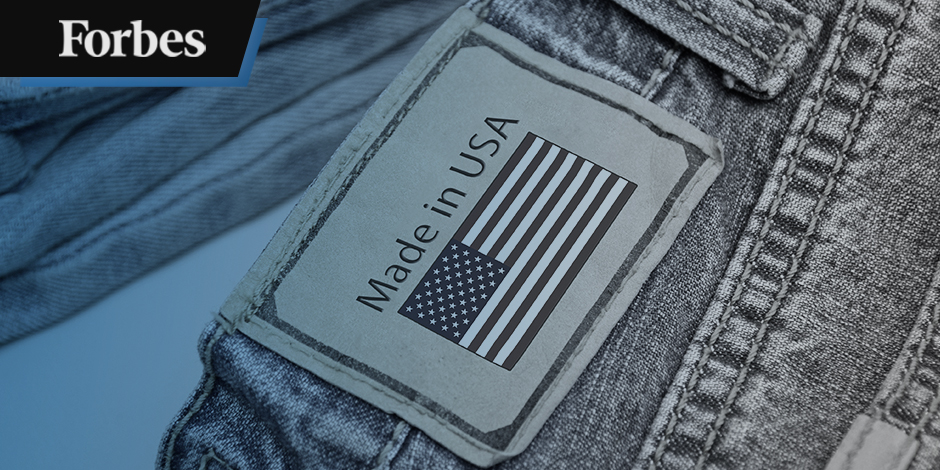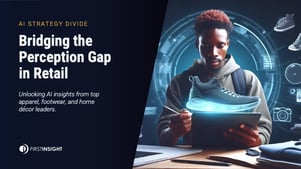The retail industry’s supply-chain-induced inventory glut may turn out to have been a gift in disguise. Although companies are expected to report subdued annual earnings (the retail year typically ends January 31), diminished by markdowns and logistical costs, the abundance of merchandise may have allowed some breathing room to accelerate investment in reshoring and re-sourcing suppliers.
The top goal appears to be the unshoring of China, which established in 2022 that it is no longer a reliable source, given its handling of Covid and the twists and turns of geopolitics and trade skirmishes.
A recent survey by Forbes and Zogby Strategies found that about half of American CEOs whose companies depend on manufacturing to produce and deliver their goods have plans to reshore operations this year. Among the 150 CEOs and decision makers that the researchers track, about 90% expect supply chain disruptions to continue, and 80% are stockpiling goods and materials as a buffer. Nearly two-thirds believe there is enough manufacturing capacity in America to address the world’s supply chain concerns.
Onshoring — the “make it here or near” movement — was largely dismissed as a privileged tactic available mostly to higher-end companies a decade ago when Walmart announced a ten-year plan to source more of its products closer to home. At the time, the company pledged to buy $50 billion in US-made products over the coming decade. Two years ago, as the pandemic’s effects on sourcing became apparent, Walmart announced plans to bolster its American supply chain by injecting another $350 billion into the U.S. manufacturing sector over the next decade.
As China stumbles back into production burdened by an outbreak of Covid and an inconvenient national holiday schedule, the US trend toward nearshoring is picking up speed, according to research by Capterra, a business software provider. Among the more obvious examples cited, Apple — which has for many years been dependent on its Chinese factories — nearly doubled the number of suppliers based in the US in 2022.
Capterra said 88% of small and midsize supply chain professionals surveyed also have plans to switch at least some of their suppliers to ones closer to the US, and 45% plan to switch all of them.
For retailers, reshoring could be a potent marketing message. The Reshoring Institute – a non-profit US advocacy group – periodically publishes a “Made in USA” survey that for many years showed support for locally-sourced products but unwilling to pay extra for them. Its most recent survey detected a significant shift: three-quarters said they’d be willing to pay up to 20% more.
Perhaps a hint of things to come: some Amazon customers are complaining that listings for merchandise do not specify the country of origin. A petition on the website of Change.org could be a sign of a real shift in consumer sentiment. According to the petition, “Amazon … circumvents statutes that require imported goods to display their point of origin, and offers no mechanism to filter such products despite years of complaints.”
“Made in America” may appear in the next round of federal elections as it is one of the few issues with broad support.
In 2021 the US Senate passed a proposal to create a standard for products with a “Made in America” label. Last year, Congress adopted legislation to jumpstart the manufacture of computer chips in the US.
Subscription Required














